Berlin Film Festival 2016: Lav Diaz: An interview with the director of Hele Sa Hiwagang Hapis (A Lullaby to the Sorrowful Mystery)
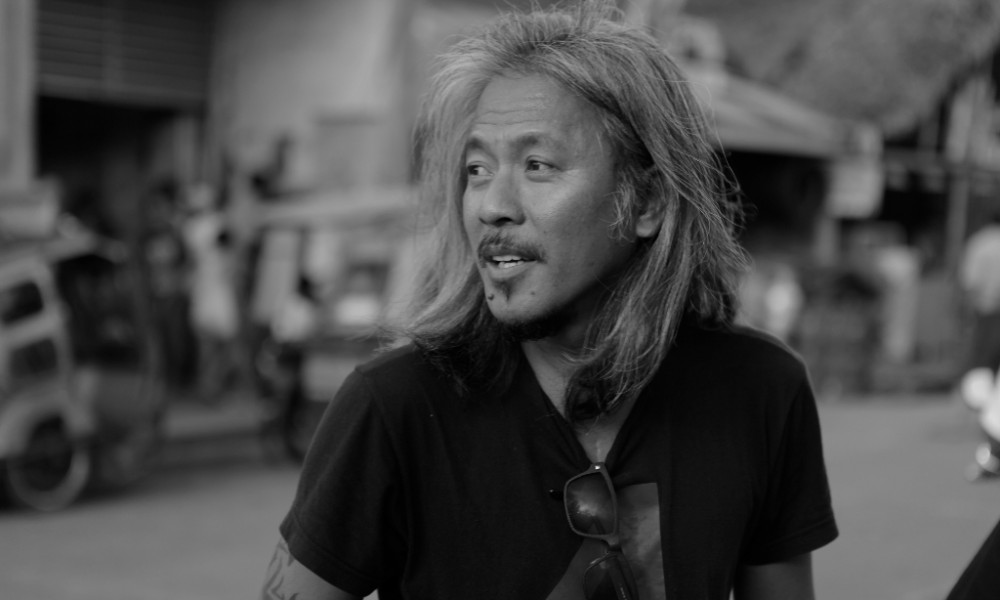
Much has already been said about the new film from Filipino director Lav Diaz, which is in competition at the 66th Berlin Film Festival. Hele Sa Hiwagang Hapis (A Lullaby to the Sorrowful Mystery) clocks in at a whopping 485 minutes (which makes it a nine-hour experience once an hour’s lunch break has been factored in), and due to its length, it was only shown twice at the festival. It’s a curious piece that requires much concentration, and Diaz has defended the length of the film, saying at a press conference: “It’s not slow cinema… it’s cinema.” The film takes place in the late 19th century, immediately before the Filipino uprising against the Spanish colonial rulers of their country. He wasn’t at all defensive about his film’s length when we spoke with him, but he was bemused that so many people seem to be making such a big deal about those 485 minutes.
You’re very precise with the dates of events in the film, although it depicts an important moment in Filipino history. Are the events of the film well-known in your country?
I put the dates because nobody knows these things anymore. It’s one of the most important things in Filipino history, and we know the names, but there’s this collective dementia in the country, and we don’t really know what happened. Spain was in the Philippines for more than 300 years, and there’s a wall of ignorance. We see statues everyday in the street, but we don’t know what these people sacrificed for our nation.
Much has been said about the length of the film, and so we don’t want to ask about that, other than to ask – are you sick of talking about it?
I don’t know why they do that! Cinema is the greatest artform and it needs to emancipated from the clutches of the market. That 90-minute, two-hour thing is totally f**ked up. I don’t want to commodify my film. My cinema is not a product like that.
With the length of the movie and the length of many individual scenes, was it difficult to edit?
It wasn’t that long in terms of the footage we recorded. There are long takes, and it would often be a single take (for a scene). A two-hour movie, if you do a montage or something, it’s much more intensive in terms of footage. In my films, if a take is good, then that’s it. If you have a montage, you might have to have three hours of footage for that, because you do the long shots, the close ups, the medium shots, you do everything. With me, it’s one frame, and if it’s two minutes of footage, then it’s two minutes of shooting. One take, mostly.
Your actors probably appreciate doing just that one take…
We do a lot of rehearsal before we shoot. And I give them a lot of freedom, much like theatre. I frame it and tell them where they need to start in the frame, and they can then inhabit this canvas. The movement is just instructional. You move here, and maybe if you want to fight here, it’s OK. You want to stop here and scratch your butt, it’s OK. I tell them where they need to go, but they’re also quite free. I’m more strict with the lines of dialogue. One of the actors was so shocked after his first take and I told him it was OK. He was like “Where are the close-ups?”. I told him it was fine and he was so confused. And somebody said to him “Do your homework. Here we do it in the first take… If you can do it well.” But once they understand the process, it’s easy for them.
Was shooting so much at night a distinctive choice in terms of the style you wanted to achieve?
It’s part of the… what would you call it… the mise-en-scène of the film. The contrasting lights and smoke, sort of like many German expressionist films where you see a lot of playing with the lighting. It’s sort of like an homage to the cinema I love, the black and white films that I love from the silent era. It’s an experiment for me, but also an homage.
Given that many individual shots are so long, when do you know to call out cut on a scene?
I don’t really know. It’s about being instinctive and trying to be fluid during the shoot. Once I get to the editing, it’s more about finding the rhythm. When I’m shooting a film, I bide my time about when to cut. Is it OK already? It’s hard to ever decide. The good thing about the long take is that once they’re immersed in performing a long scene, the actors don’t want to stop. They want to keep doing things. Life goes on for them in this other universe. It’s hard to say cut because they’re inhabiting that other world. Do you want to say cut and to stop them? I say cut, and they have a reaction like “OK, back to reality”.
Do you become stressed during a shoot?
It’s very stressful because I don’t really sleep properly during the shoot. I wake up at 2am and start writing. There’s always already a script, but I like to change it and then give everybody the new copy at breakfast. They call it the flying papers. They’re having coffee and then they get their new stuff for the day, and everyone goes and finds a quiet corner to learn their new pages. But it’s good, because it contains them in the right place.
Tell us about the jungle where you shot the film.
We were there for about two weeks before we shot, and we walked around in the jungle. It’s a very dangerous place actually, there are these killer black snakes. A week before we shot the film, a farmer was attacked and killed by a black snake. Really dangerous! We had guides to show us around and to mark the places where we wanted to shoot. And the good thing about these snakes is that they hear humans and they move away. They only really attack people when they’re so, so hungry.
How do you hope Filipino audiences will respond when they get a chance to see the film?
I want them to be engaged in their history, to examine the past, to confront it. It’s like psychiatry. I want them to examine themselves, because they don’t have this postcolonial discourse. The Philippines is so dysfunctional and displaced right now, and we don’t know why we have these conditions, and why we have so much corruption. The system is very neglectful. Again, there’s a cultural debacle about how we examine this history and how we should move on as a nation. In my own small way as a filmmaker, I want to do something that maybe helps. I believe in cinema, that it can have an impact on people. I believe in the power of cinema.
Oliver Johnston
Read our review of Hele Sa Hiwagang Hapis (A Lullaby to the Sorrowful Mystery) here.
Read more of our reviews and interviews from the festival here.
For further information about Berlin Film Festival 2016 visit here.

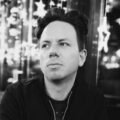
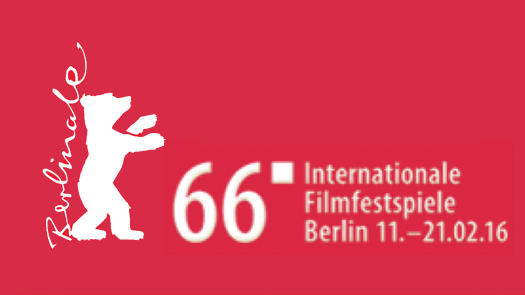
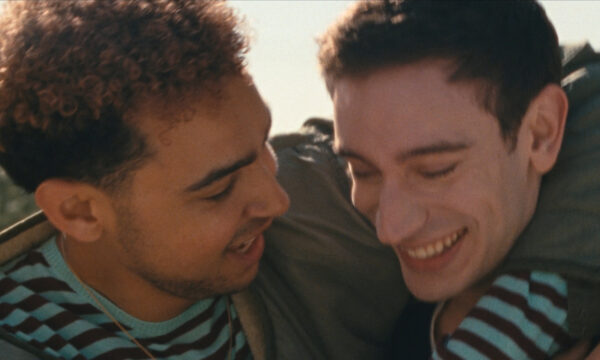
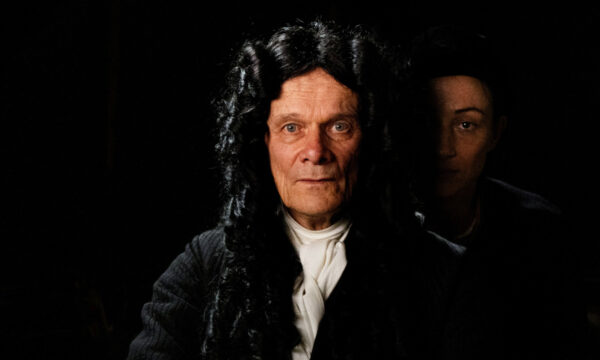
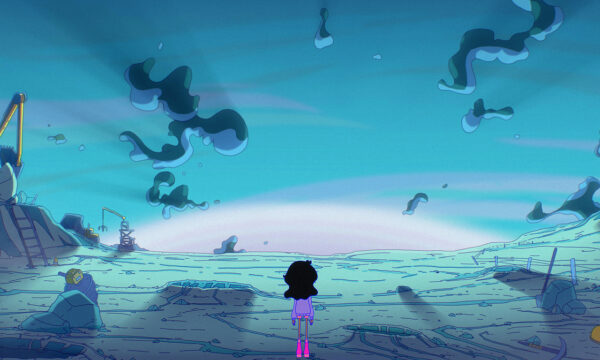
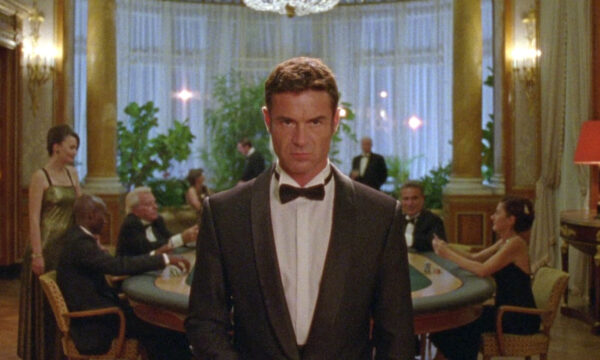
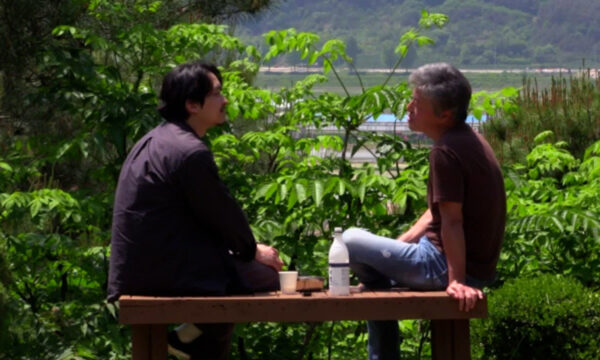
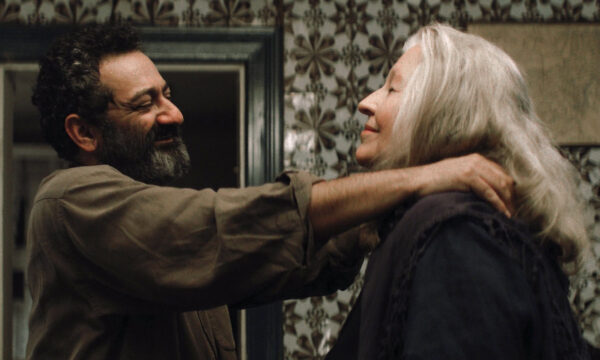
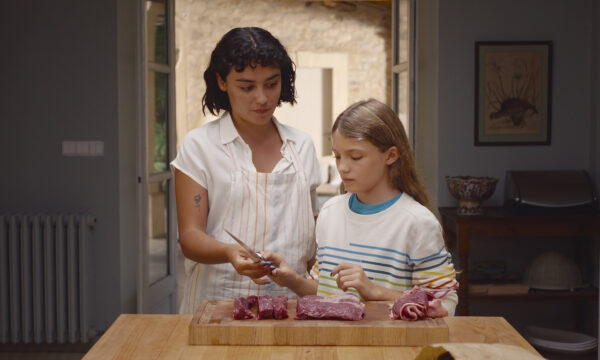
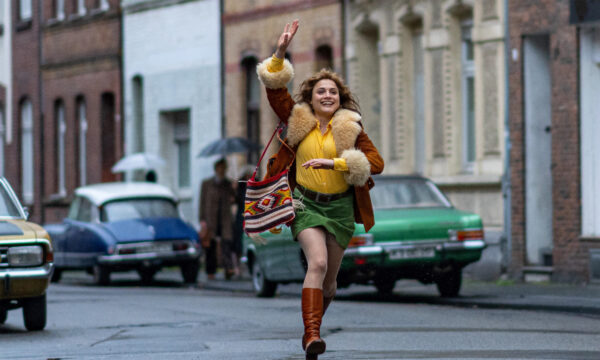
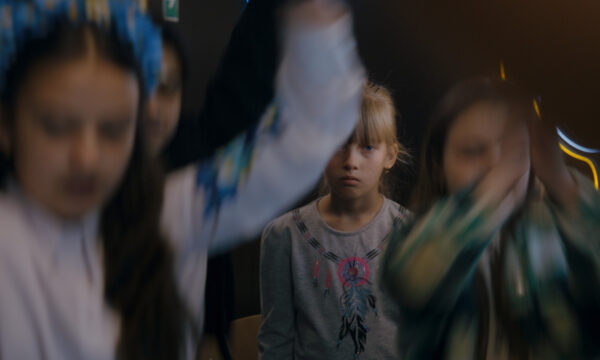


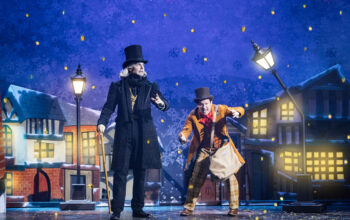
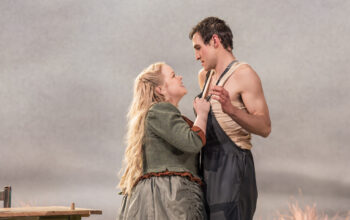


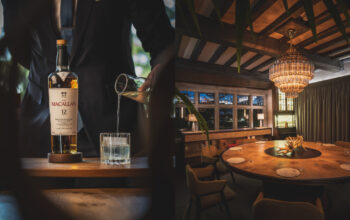

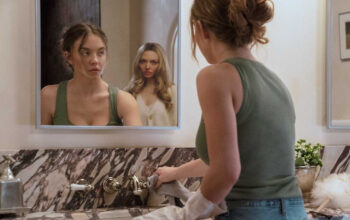
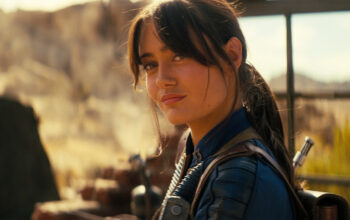



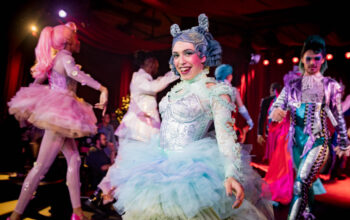

Facebook
Twitter
Instagram
YouTube
RSS